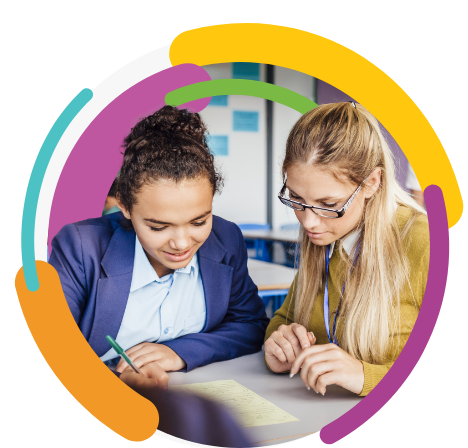- Products
-
-
Industries
- K-12 Schools
Whole-school solutions that meet your unique needs
- Faith Communities
Online faith formation and member engagement
Elevating Education
Contact Sales- K-12 Schools
-
- Products
- Industries
- Resources
- Company
- Parents
Professional Development Topic Category

